Amiga
Introduction
The Amiga is a family of personal computers introduced by Commodore International in 1985. The original model, the Amiga 1000, was one of the first truly multimedia personal computers, capable of producing advanced graphics and sound. The Amiga's high-performance multimedia capabilities made it a popular platform for many applications, including video production, gaming, and music composition.
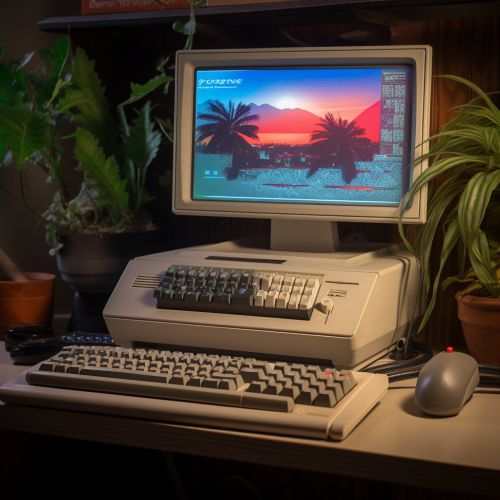
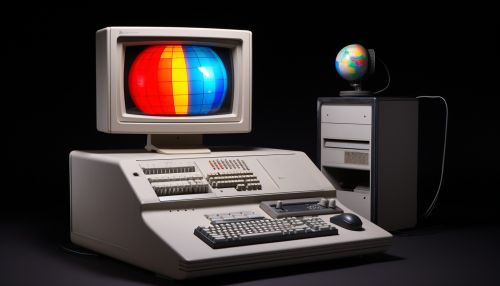
History
The Amiga was initially developed by a small company called Amiga Corporation, which was later acquired by Commodore International. The original Amiga 1000 was launched in 1985, featuring a custom chipset that provided advanced graphics and sound capabilities, a pre-emptive multitasking operating system, and a user-friendly graphical user interface.
Over the years, several models of the Amiga were released, each improving on the capabilities of the previous models. These included the Amiga 500, a more affordable home computer, the Amiga 2000, a powerful workstation, and the Amiga 1200 and 4000, which featured improved graphics and processing power.

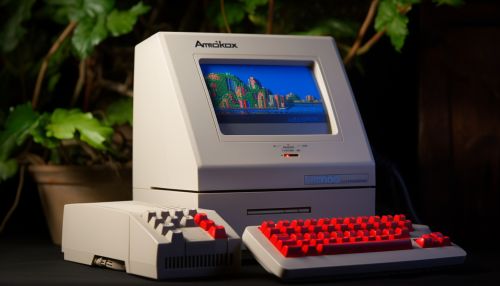
Hardware
The Amiga's hardware was notable for its custom chipset, which included several co-processors that handled tasks such as graphics and sound generation, freeing up the main CPU for other tasks. This allowed the Amiga to produce graphics and sound that were far superior to other personal computers of the time.
The Amiga also featured a number of innovative hardware features, such as the ability to display multiple screen resolutions and color depths simultaneously, and a hardware blitter for fast bitmap manipulation. These features made the Amiga a popular platform for video production, gaming, and music composition.
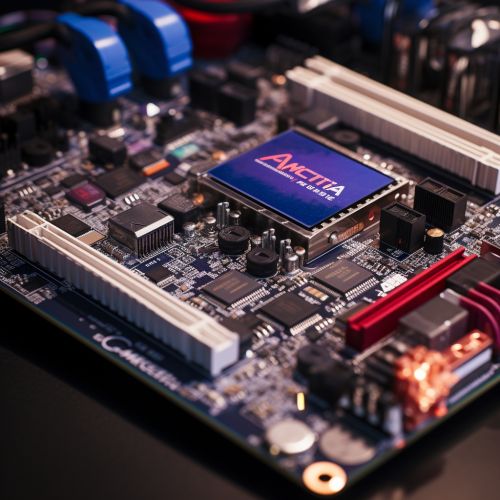
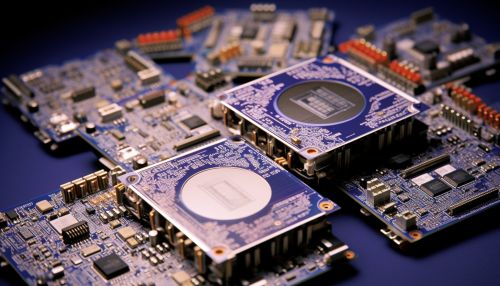
Software
The Amiga's operating system, AmigaOS, was one of the first operating systems to feature pre-emptive multitasking, allowing multiple applications to run simultaneously without interfering with each other. The operating system also featured a user-friendly graphical user interface, with a desktop environment and a windowing system.
In addition to the operating system, a wide range of software was available for the Amiga, including productivity applications, graphics and music software, and a large library of games. The Amiga's advanced graphics and sound capabilities made it a popular platform for game development, and many classic games were first developed on the Amiga.


Legacy
Despite its advanced capabilities, the Amiga struggled to compete in the rapidly evolving personal computer market, and Commodore International went bankrupt in 1994. However, the Amiga has left a lasting legacy, and it is still fondly remembered by many for its advanced multimedia capabilities and its influence on the development of personal computers.
Today, the Amiga has a dedicated fan base, and there are still developers producing new software and hardware for the platform. There are also several emulators available that allow modern computers to run Amiga software.


